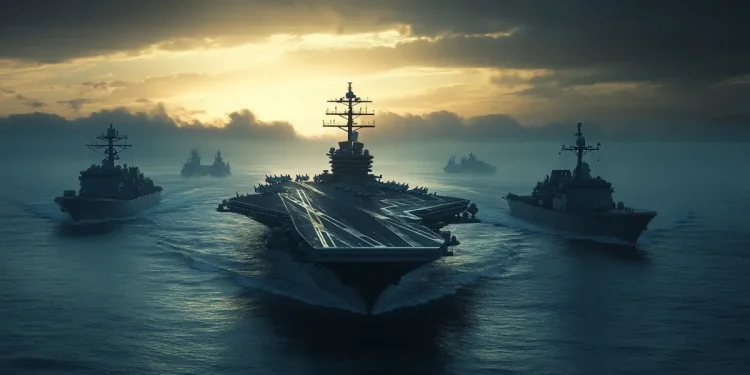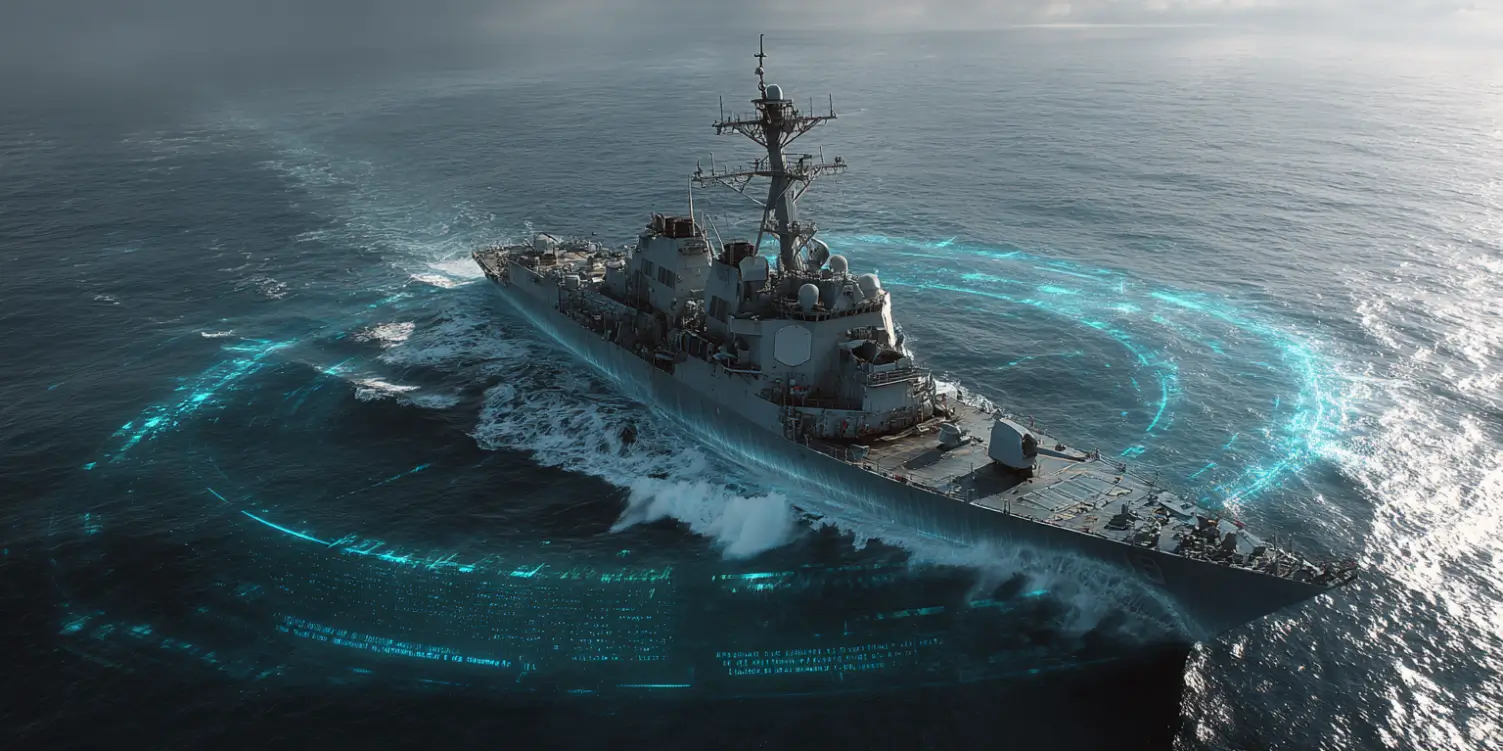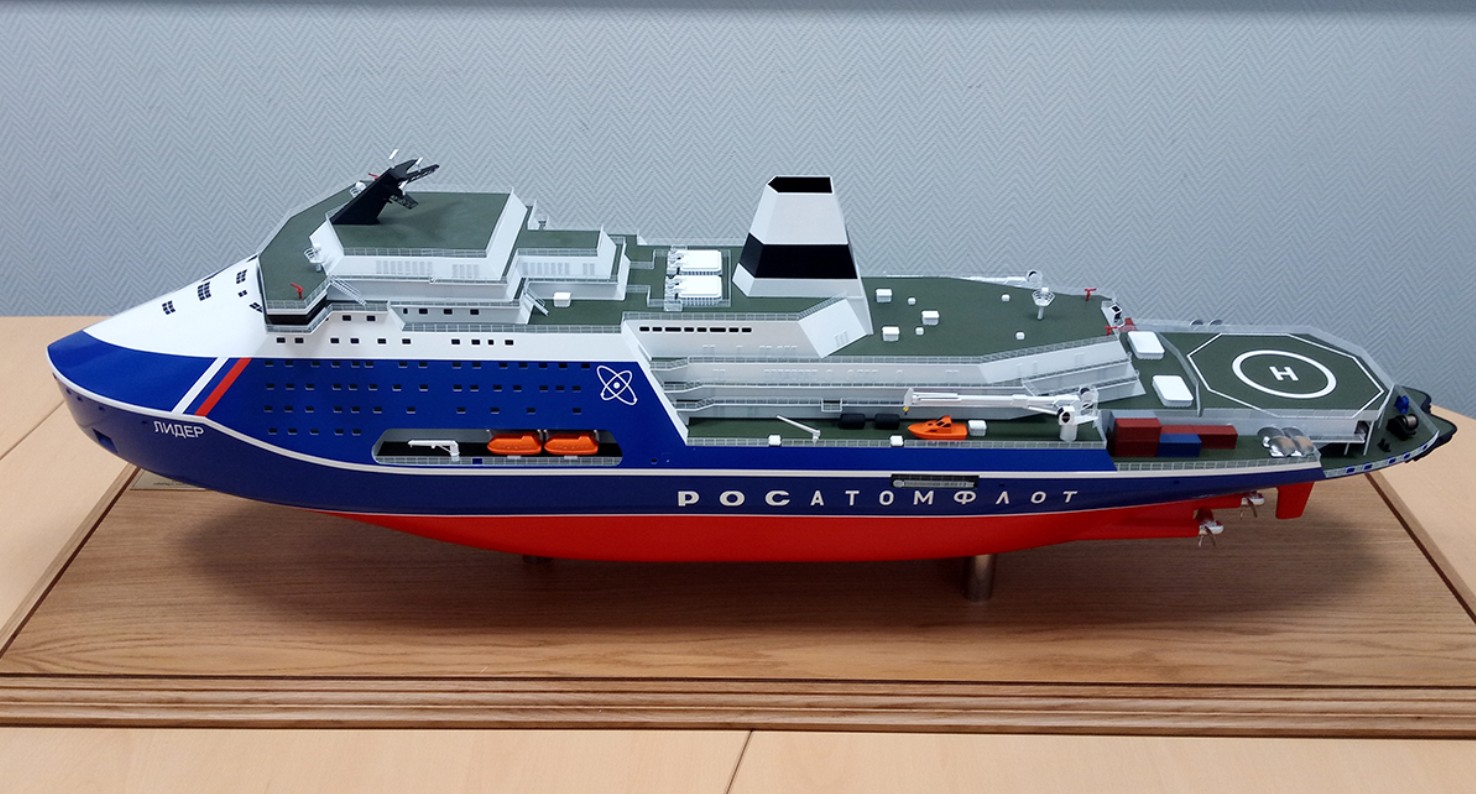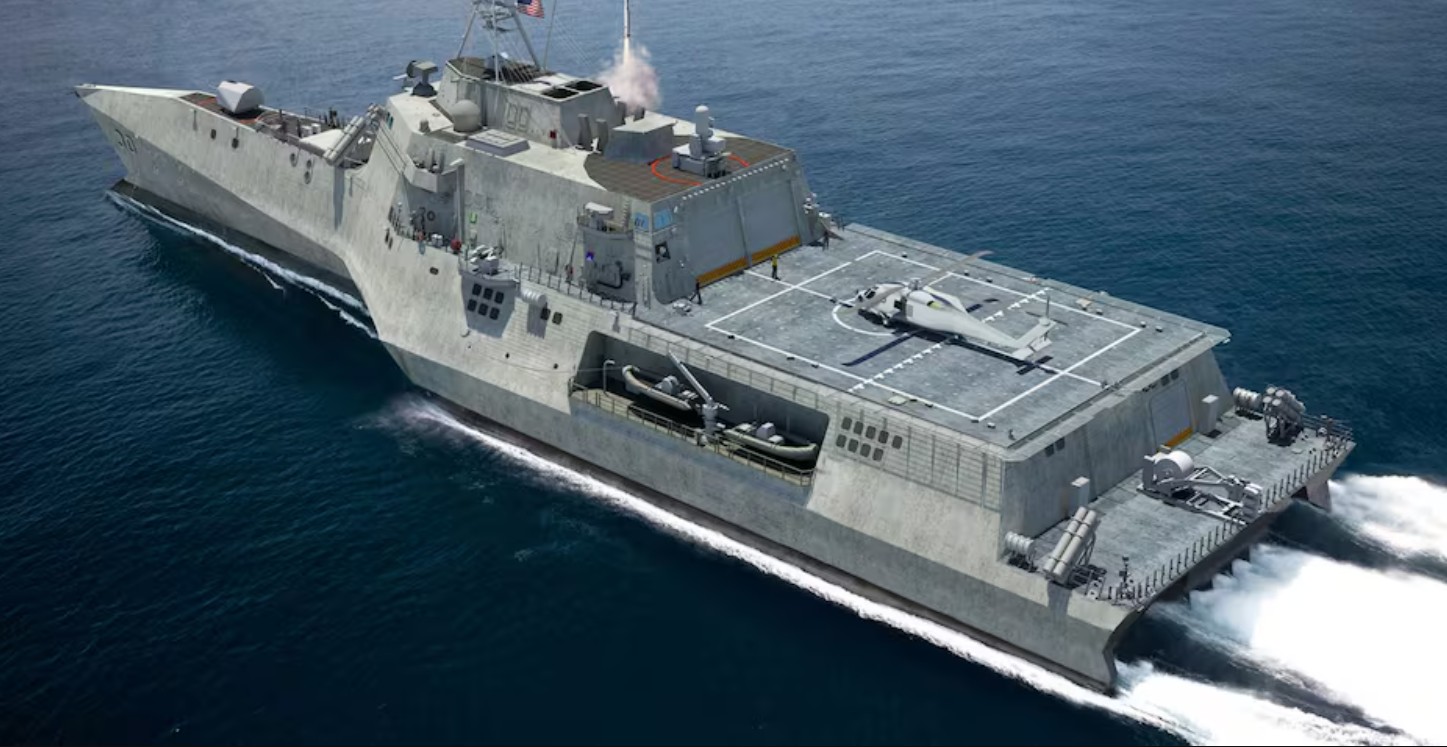The Heart of Naval Warfare: The Aircraft Carrier
An aircraft carrier serves as the centerpiece of any carrier battle group. These colossal ships, often described as floating cities, have the capability to project power anywhere in the world. Their primary role is to deploy and recover aircraft, acting as a seaborne airbase. The versatility and strategic importance of aircraft carriers cannot be overstated, as they enable rapid deployment of air power and provide critical support to naval operations.
Components of a Carrier Battle Group
A carrier battle group (CBG) is a formidable naval force comprising several types of ships and submarines, each playing a specific role. The main components typically include:
- Aircraft Carrier: The central and most crucial part of the group, providing air superiority, reconnaissance, and strike capabilities.
- Surface Combatants: Destroyers and cruisers equipped with various missiles and guns for offensive and defensive operations.
- Submarines: Attack submarines (SSNs) that provide underwater protection and offensive capabilities against enemy submarines and surface ships.
- Support Vessels: Supply ships, oilers, and repair ships ensure the battle group can sustain operations over long periods.
Strategic Importance and Missions
Carrier battle groups play a pivotal role in modern naval strategy. Some of their primary missions include:
- Power Projection: The ability to deliver military force far from a country’s shores.
- Sea Control: Dominating significant areas of the sea to ensure freedom of navigation and disrupt enemy supply lines.
- Deterrence: Acting as a powerful deterrent against potential adversaries, simply by being present in a contested area.
Operational Capabilities
Carrier battle groups are valued for their unparalleled operational capabilities, which include:
- Air Superiority: Fighters and bombers launched from the carrier can dominate airspaces and provide cover for other naval and ground forces.
- Surveillance and Reconnaissance: Advanced radar and sensor equipment provide critical intelligence and situational awareness.
- Strike Capabilities: Precision-guided munitions and electronic warfare capabilities enable surgical strikes on strategic targets.
- Amphibious Operations: Support for marines and special forces in launching beachheads and other amphibious assaults.
Technology and Innovation
The evolution of technology continually enhances the effectiveness of carrier battle groups. Innovations in unmanned systems, stealth technology, and cyber warfare play increasingly important roles. Some notable advancements include:
- Unmanned Aerial Vehicles (UAVs): Drones provide additional surveillance, reconnaissance, and delivery of munitions.
- Stealth Aircraft: Advanced fighters like the F-35 offer reduced radar detectability and enhanced strike capabilities.
- Cyber Warfare: Defensive and offensive cyber capabilities protect against and disrupt enemy communications and operations.
Challenges and Limitations
Despite their strengths, carrier battle groups face several challenges:
- Cost: Building and maintaining carriers and their support ships require significant financial resources.
- Asymmetric Threats: Swarms of small boats, mines, and land-based anti-ship missiles pose unconventional challenges.
- Logistical Demands: Ensuring continuous supply of fuel, munitions, and provisions is complex and resource-intensive.
Example: Specifications of a Nimitz-Class Aircraft Carrier
| Specification | Details |
|---|---|
| Length | 1,092 feet (332.8 meters) |
| Beam | 252 feet (76.8 meters) including flight deck |
| Displacement | Approximately 100,000 tons |
| Speed | 30+ knots |
| Aircraft Capacity | Approximately 60+ aircraft |
| Crew | About 5,000 personnel (including air wing) |
Carrier battle groups remain an indispensable part of modern naval warfare, capable of performing a myriad of tasks from power projection to humanitarian aid. Their ability to adapt to evolving threats and incorporate new technologies ensures that they will continue to play a crucial role in maintaining global stability and security.









